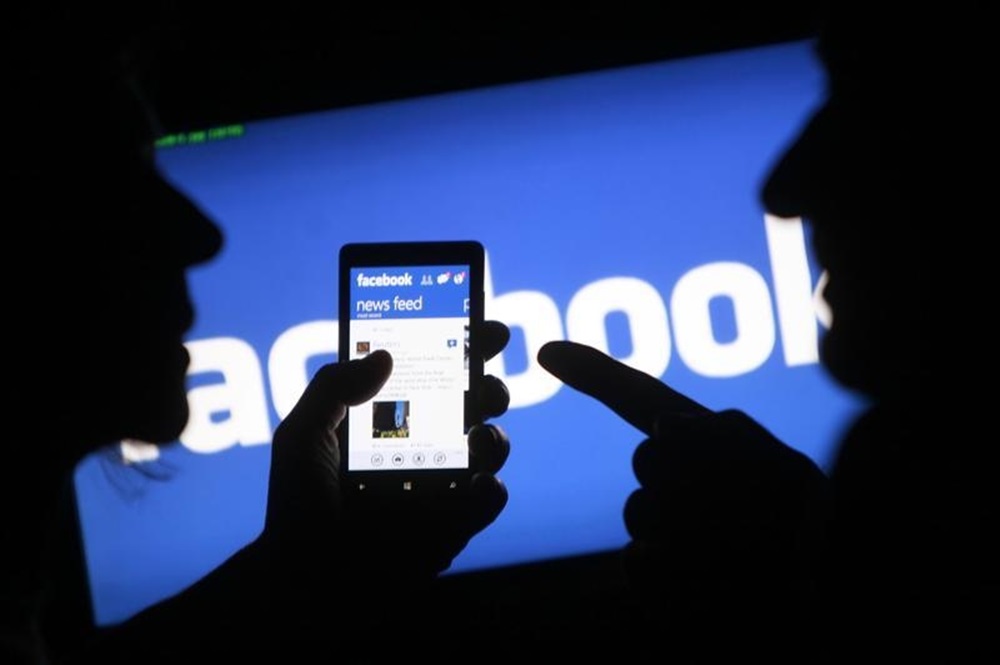Facebook Update November 2014: Privacy Policy Simplified, Reduced Promo Ads
Do you feel like floating weightlessly in an endless space, lost and unsure what to do, when opening your Facebook page? Despite having checked all your usage and privacy preferences, do you still feel uneasy that someone out there could be seeing things you don't want to show? And how come people you don't know are appearing in your page like unwanted ghosts?

If you're at the point of paranoia, finally Facebook has come up with easier-to-understand privacy guidelines to put you back in control of your own social networking universe. At the same time, the social networking giant has announced that it will slash promotional materials that appear in users' news feeds beginning early next year.
Mark Zuckerberg's company recently announced a new feature called Privacy Basics, where users can find visual and intuitive answers to their most pressing privacy concerns minus the not-too-easy-to-comprehend language of the techie world.
Erin Egan, Facebook's Chief Privacy Officer, explains that Privacy Basics consists of three main categories: what others see about you, how others interact with you, and what you see.
The new feature simplifies the steps on untagging, unfriending, and blocking as well as choosing an audience for your posts.
Facebook made the update and simplification of its privacy policy amid mounting criticism from among its 1.35 billion users that it's too long and complicated for its users.
In response, the social network site came up with an illustrated policy which is 70 percent shorter than the old one. The current privacy policy is more than 9,000 words, while the new one is just 2,700, Egan says. The draft of the policy update also includes color-coded graphics and illustrations.
A final draft of Facebook's privacy policy will take effect after Nov. 20. Until then, users may send their feedback, propose changes or ask questions in the company's official Facebook page.
Facebook also updated its terms and policies, giving users more control over the kinds of ads they see both on their desktop and mobile.
On Friday, the company announced that it will reduce the volume of promotional materials that appear in users' news feeds beginning early next year.
"Our goal with News Feed has always been to show people the things they want to see," said a statement on the company's site. "People told us they wanted to see more stories from friends and Pages they care about, and less promotional content."
Facebook will still allow promotional material posted by pages that a user likes, but not paid advertisements. The company said it would no longer tolerate three types of posts placed on the pages of companies and products: "posts that solely push people to buy a product or install an app"; "posts that push people to enter promotions and sweepstakes with no real context"; and "posts that reuse the exact same content from ads."
This way, businesses will be forced to pay Facebook to be able to reach the social network's billions of active users.
But the Palo Alto company says this is not being done for the love of money. In fact, Facebook recently shocked investors by saying that it planned to spend billions of dollars on projects that might never generate any profits.
Businesses are left with little choice but to follow Facebook's conditions. The site contains one of the biggest storehouses of consumer data in the world and dominates social media advertising.
Analysts estimate that an average Facebook user is fed with about 1,500 new items upon logging on. Some users draw as many as 15,000 ads, the analysts add.





